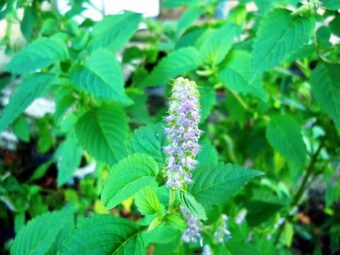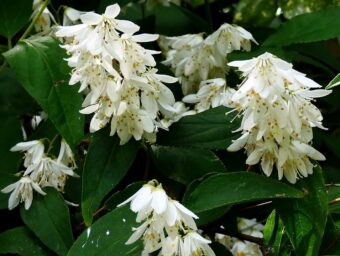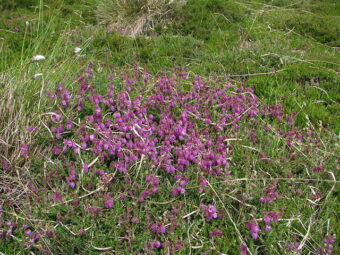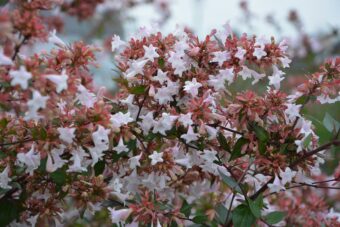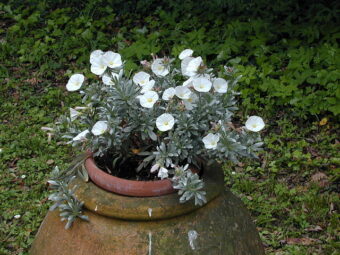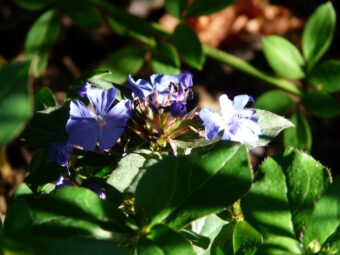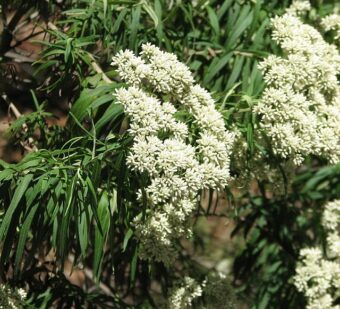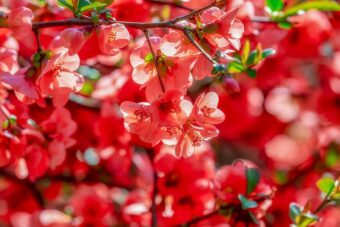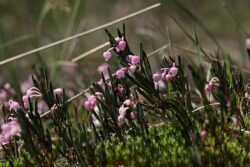In this article, we will discover how to grow the beautiful shrub of Elsholtzia in containers. Elsholtzia is a fairly large genus of the Lamiaceae (Mint) family, where 42 species are known to exist. It is native to parts of Asia, China and North-eastern Asia. The genus was named after the Prussian naturalist Johann Sigismund Elsholtz.
Of all 42 species that exist, Elsholtzia stauntonii is the easiest to find and is an upright bush that grows up to 1.5m tall. It is a deciduous shrub with sharply to smoothed, 1.5cm long, lance-shaped leaves. The leaves have a strong scent of …

